
Aprender es modificar o adquirir nuevas habilidades, destrezas, conocimientos, conductas y valores mediante la experimentación, el estudio, la observación, el razonamiento o la instrucción. Múltiples y variados juegos disponibles hoy en día, desde los más clásicos hasta los más innovadores, pueden ser grandes herramientas para construir una variedad de aprendizajes: lectoescritura, matemáticas, razonamiento y resolución de problemas, etc. aportando motivación e interés a los jugadores. Más allá de la estimulación de las inteligencias múltiples, fomentaremos la autoestima, incentivaremos la cooperación y el trabajo en equipo y mejoraremos el comportamiento y la actitud, entre otros muchos aspectos.
 Auditory Memory Caterpillar
29,90 € (VAT not included)
Auditory Memory Caterpillar
29,90 € (VAT not included)
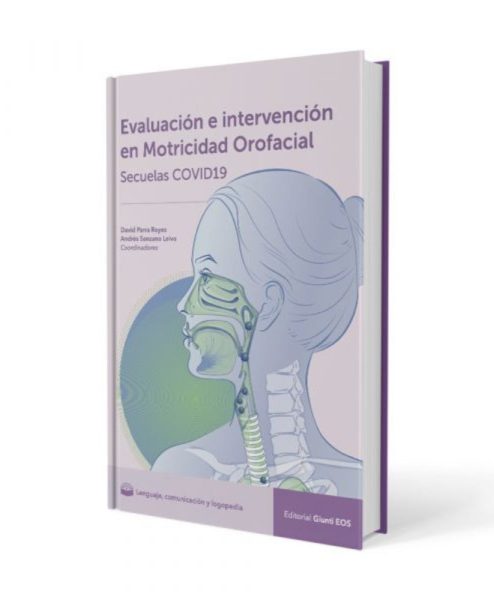 Evaluación e intervención en Motricidad Orofacial. Secuelas Covid 19
23,95 € (VAT not included)
Evaluación e intervención en Motricidad Orofacial. Secuelas Covid 19
23,95 € (VAT not included)
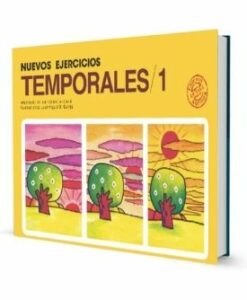 New temporary exercises
12,98 € (VAT not included)
New temporary exercises
12,98 € (VAT not included)
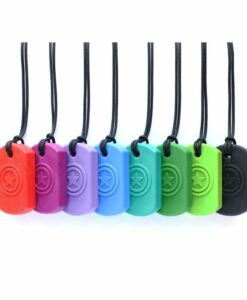 Juvenile teething necklace
12,75 € (VAT not included)
Juvenile teething necklace
12,75 € (VAT not included)
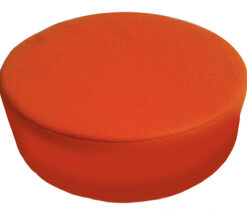 Orange vibrating cushion
35,45 € (VAT not included)
Orange vibrating cushion
35,45 € (VAT not included)
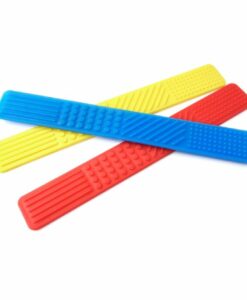 Sensory reading marker - Fidget
4,00 € – 11,80 € (VAT not included)
Sensory reading marker - Fidget
4,00 € – 11,80 € (VAT not included)
 Dobble Connect
13,15 € (VAT not included)
Dobble Connect
13,15 € (VAT not included)
Price filter
No account yet?
Create an AccountWith sturdy rubberized wheels and plenty of storage space, this all-terrain vehicle is ideally equipped for exciting trips through the children's room, but also over hills and valleys! Matching details, such as a printed winch or a spare tire, complete the look of the sturdy play vehicle made of 100% FSC®-certified wood. The window openings allow even small hands to get a good grip on the off-roader.
A face on the front of the vehicle gives it its own personality and offers creative and imaginative play opportunities for little vehicle lovers.
A play vehicle with collector's character that can be complemented with other wooden vehicles (helicopter, concrete mixer,...).
https://logopedicum.com/wp-content/uploads/2022/11/todoterreno-madera-5-247x300.jpg 11.98 instock 1 – 2 years2 – 3 years3 – 6 yearsAGECars and transportConstruction and manipulation gamesGAME TYPEGAMES AND TOYSLANGUAGELearning CornersOutdoor toysSemanticsSymbolic and imitation gameSymbolic gameTravel toysTYPE OF TOYWood 0 0.00 0 https://logopedicum.com/wp-content/uploads/2022/11/todoterreno-madera-5-247x300.jpg 38164145228134 11.98 9.90 0.00 0.00 2022-11-05T23:10:00+01:00This image box includes 3 sets of large photos:
Ideal material to work on identifying and expressing emotions, describing feelings, recognizing facial expressions, ... experienced in one's own person or recognized in others.
It aims to:
The didactic guide presents concrete language situations that we can carry out with children, in relation to activities of observation, classification and expression. Examples: ordering and classifying emotions, associating photos with each other and justifying them, relating an experienced situation, miming a "sketch", representing through drawings, etc.
=> There is also a link to access the digitized projectable video images. They can be annotated, hidden and compared.
The box contains 60 images of 21x15cm. https://logopedicum.com/wp-content/uploads/2023/01/Fotoimagenes-emociones-247x300.jpg 48.50 instock 3 – 6 years6 – 9 years9 – 12 yearsAGEAlso for adultsAreas of DevelopmentCalm and emotionalCOGNITIVE AND EMOTIONAL DEVELOPMENTEmotion managementEmotional educationEmotional educationGAME TYPEGAMES AND TOYSLANGUAGELearning CornersSemantics 0 0.00 0 https://logopedicum.com/wp-content/uploads/2023/01/Fotoimagenes-emociones-247x300.jpg 3822622136132 48.50 40.08 0.00 0.00 2023-01-13T19:22:29+01:00Each figure is divided into four equal parts. First, place all the cards on the playing table face down and shuffle them well. Then, place them all in the form of lines. The first one has to turn over any two cards, so that the other players can see the motifs of the two cards. In case the two flipped cards are part of the same figure, they have to be placed back in the same place as the previous player.
The idea of the game is to collect as many complete figures as possible. But be careful! If a player already has two cards and another player turns over a card that is also part of the same figure, the latter can keep it and also take the other two cards from the first player. The second card turned over must be put back in its place face down. If he finds the other two parts of the figure at the same time, he can keep the completed figure for good.
In this way, the figures can change ownership several times until they are completed. Each player has a chance to win the game if he pays attention and memorizes the place where the corresponding cards are located.
The player who has already accumulated several figure parts does not necessarily win the game, as he may lose them again in the course of the game!
The player with the highest number of complete figures wins the game. https://logopedicum.com/wp-content/uploads/2022/11/Memory-puzzle-animales-247x300.jpg 9.50 instock 1 – 2 years2 – 3 yearsAGEGAMES AND TOYSLANGUAGEPuzzles and lacesSemanticsTYPE OF TOYWood 0 0.00 0 https://logopedicum.com/wp-content/uploads/2022/11/Memory-puzzle-animales-247x300.jpg 364947134145 9.50 7.85 0.00 0.00 2022-12-22T16:30:55+01:00The LEXI-LOTO game is a complete game to work on language skills, both oral and written, focusing on the comprehensive and expressive aspects of language. This is a pedagogical material based on logic that will allow the student or patient to develop reasoning in order to reach a final conclusion.
This game, consisting of 8 sheets, 4 identified in green (beginner level) and 4 in gray (advanced level), can be worked on according to 2 levels of difficulty to stimulate language skills according to age and/or individual ability.
The main objective of this interesting game is to promote the evocation and lexical categorization, two aspects that are very important in speech therapy reeducation. To find the word in question, the therapist or teacher can offer us an auditory information that we must relate to a drawing or a written word or we can read a definition that will give us lexical and phonological clues (e.g. find an animal that,.... has 3 syllables/begins with a vowel/is singular) to arrive at the "hidden" word. Thus, auditory and visual discrimination, letter and syllable recognition, comprehension of more or less complex grammatical and semantic instructions, etc. will be basic skills that we must train in order to win.
Thus, with the Lexi-loto we can promote lexical comprehension of both affirmative and negative sentences through oral information or by reading the instructions. The vignettes with images allow an indirect access to writing and help the student to develop the mental representation of the word. The eight lotus pictures allow us to work on concepts such as: feminine, masculine, plural, singular, consonant, vowel, number of syllables, categorization, etc.
Game recommended for ages 6 and up.
The set contains:Rich and beautiful material to work both oral and written language. The pack consists of 62 cards (31 folded images) illustrated with beautiful color pictures representing lexical vocabulary from the semantic field "things from home". The repertoire of photographed vocabulary is very varied as it corresponds to high, low and medium frequency lexis. These attractive pictures allow working with children and adults offering multiple possibilities (memory, matching, relating,...) to affect all the dimensions of language and communication that the therapist wishes.
Lexicon represented: stove, chair, towel, refrigerator, television, vacuum cleaner, hair dryer, light switch, telephone, washing machine, broom, dishes, clothes, shoes, carpet, computer, watch, cat, dog, breakfast, salt and pepper, cleaning supplies, etc.
The set consists of a metal box for storage or transport of the cards, graphics cards and summary cards with game ideas in various languages.